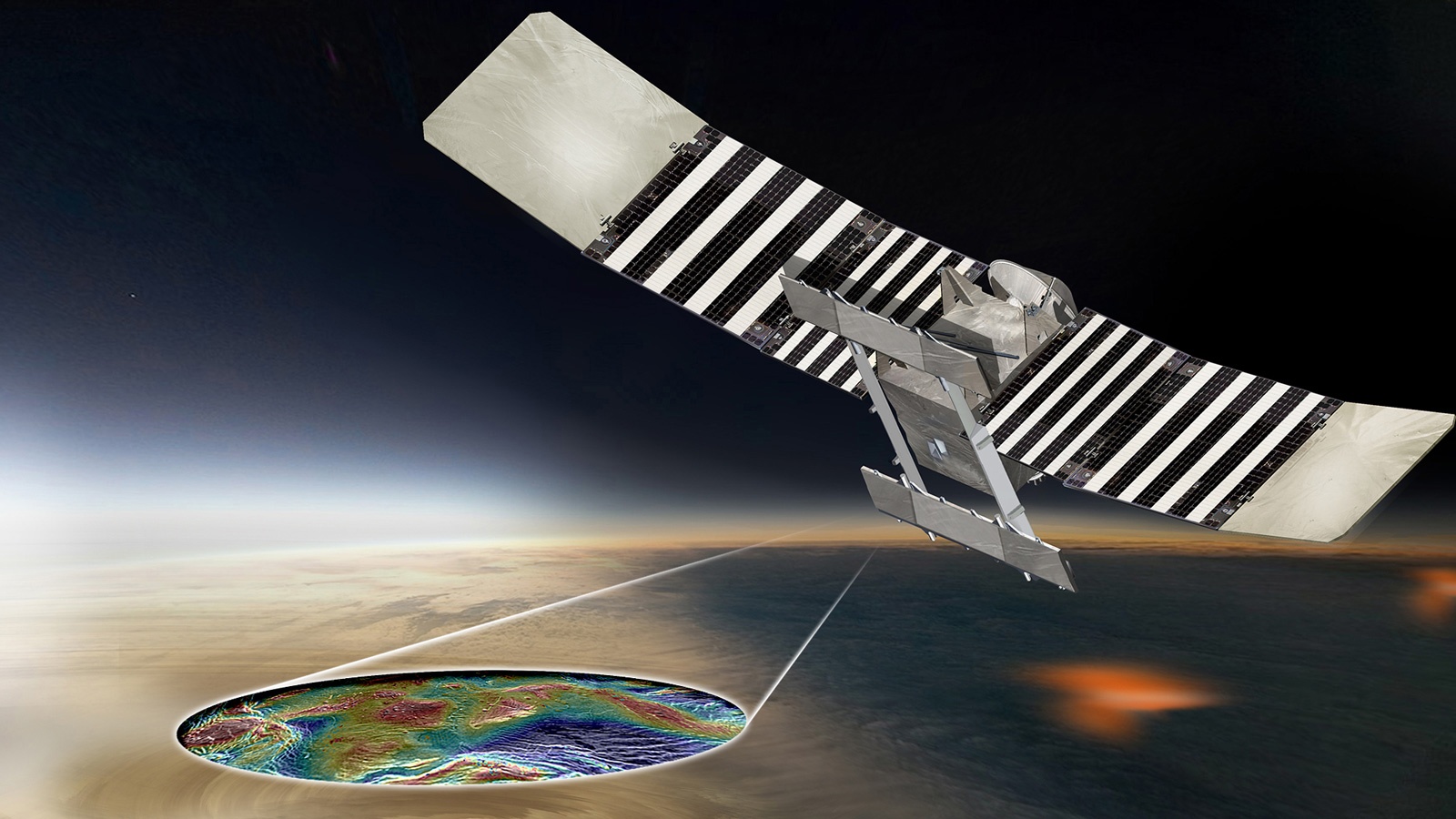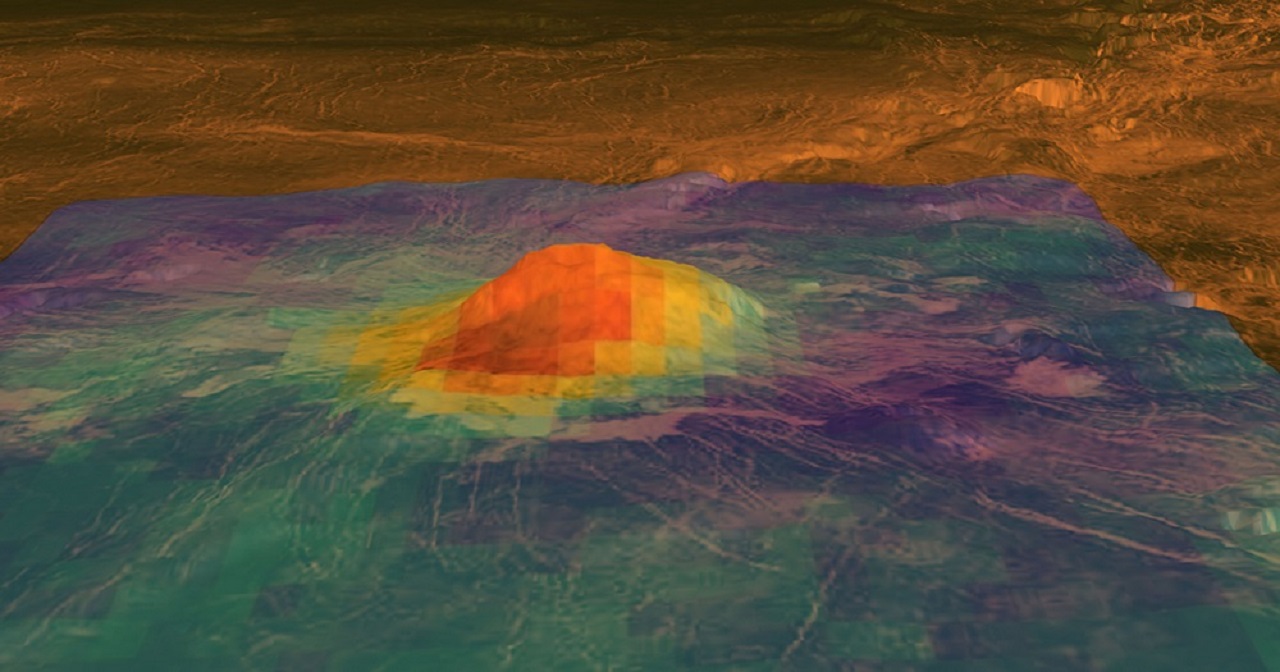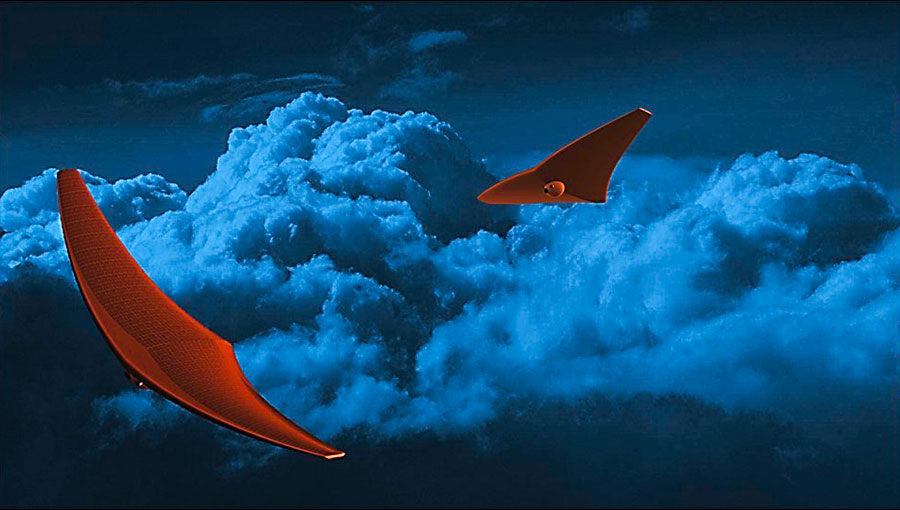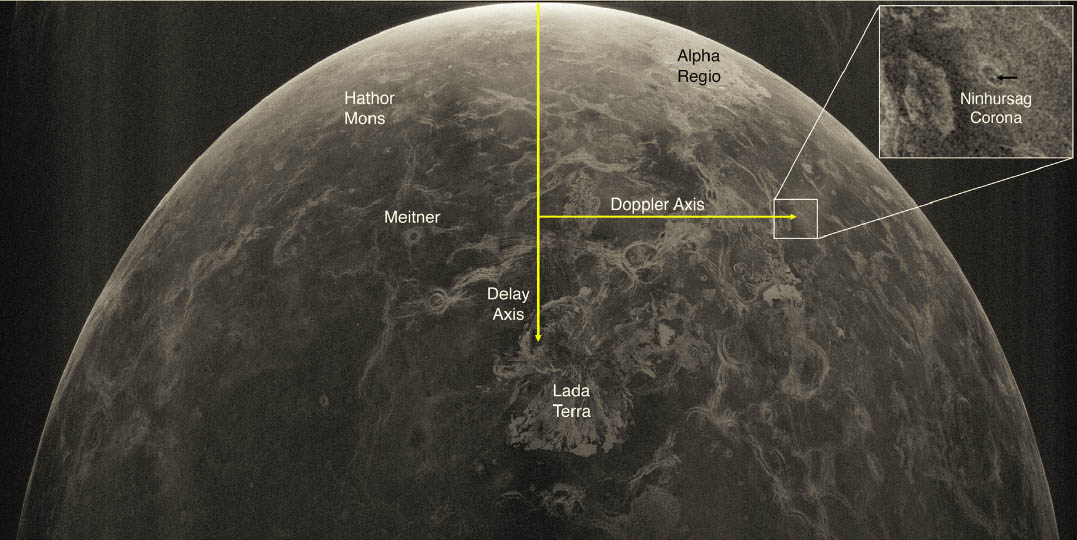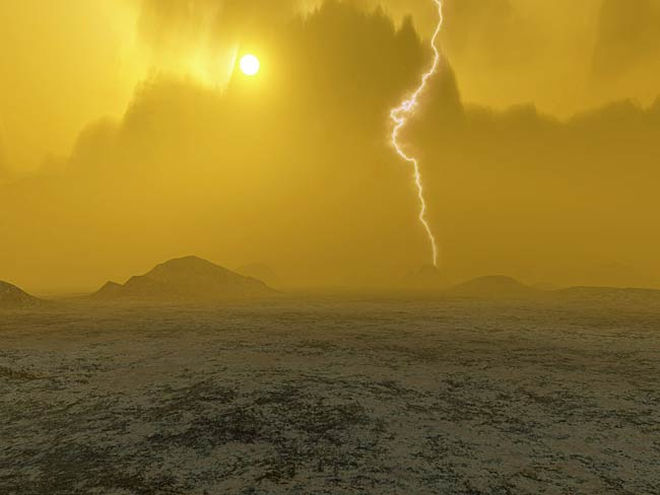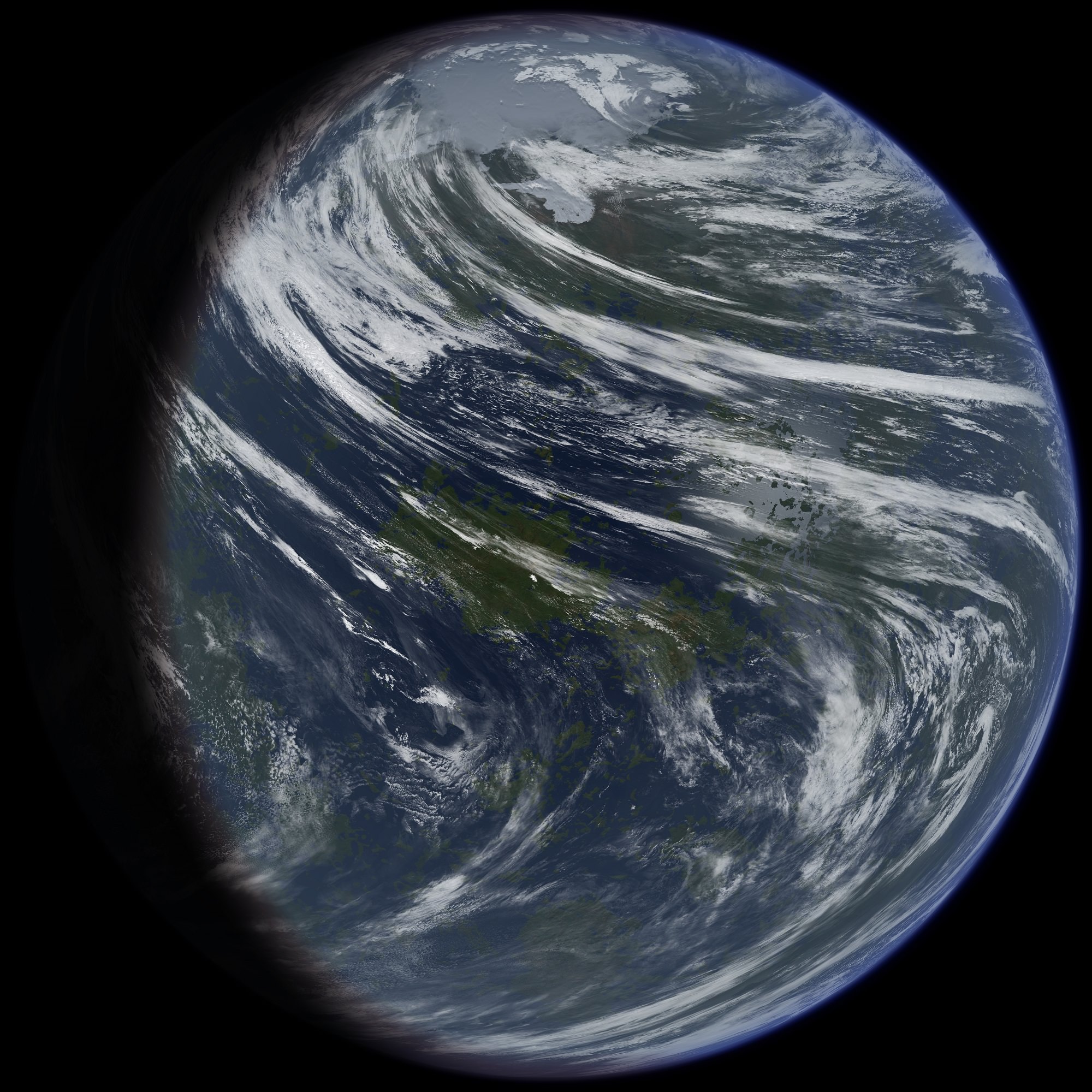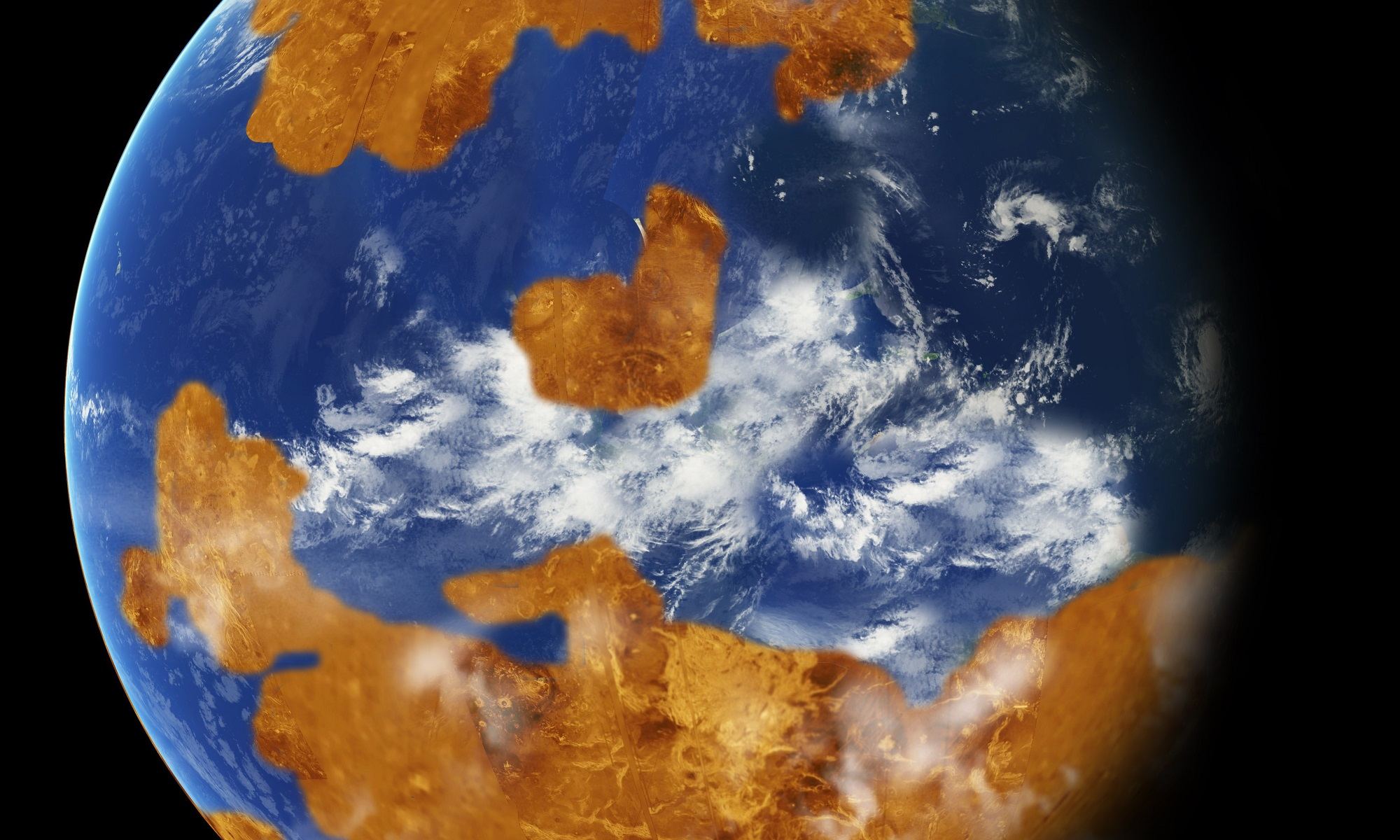Every 26 months, the orbits of both Earth and Mars conspire to make travel between the two planets shorter. Launching in one of these windows means the travel time can be reduced to only six months. Our robotic missions to the Martian surface, and missions that place satellites in Martian orbit, launch during these windows.
But are there other alternatives to this mission architecture?
One group of researchers says that crewed missions to Mars shouldn’t go directly to their destination; they should slingshot past Venus first.
Continue reading “Instead of Going Straight to Mars, Astronauts Should Make a Slingshot Past Venus First”

